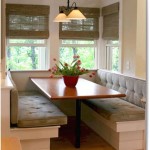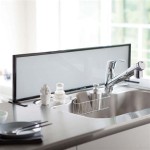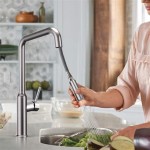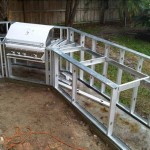Essential Aspects of Kitchen Drawer Organiser DIY
Organising kitchen drawers can be a daunting task, but with the right approach, you can create a functional and aesthetically pleasing space. Here are the essential aspects to consider when tackling a kitchen drawer organiser DIY project:
1. Assess Your Needs
Before embarking on the project, take inventory of the items you store in your drawers and determine their specific needs. Consider the size, shape, and frequency of use for each item. This will help you identify the most suitable organiser solutions.
2. Measure Accurately
Precise measurements are crucial for ensuring that your organiser fits perfectly within the drawer. Measure the length, width, and depth of the drawer and note any obstacles, such as handles or dividers.
3. Choose the Right Materials
The materials used for your organiser will depend on your budget and preferences. Popular options include wood, plastic, and metal. Consider the durability, ease of cleaning, and aesthetic appeal of each material.
4. Plan the Layout
Sketch a rough layout of the organiser, using your measurements and the items you need to store. Consider the most efficient placement of items based on size, frequency of use, and compatibility. Drawers with multiple compartments can be particularly useful for organising different types of items.
5. Cut and Assemble
Using the materials you have chosen, cut the components of the organiser and assemble them securely. Follow the manufacturer's instructions or refer to online tutorials for guidance on proper assembly techniques.
6. Add Dividers
Dividers are essential for creating separate compartments within the drawer. You can use pre-made dividers or cut them from the same material as the organiser itself. Adjustable dividers allow for flexibility in accommodating different item sizes.
7. Consider Stacking
If your drawer is particularly deep, consider adding a stacking feature to maximise vertical space. Shelves or tiered dividers can help you organise items vertically and improve accessibility.
8. Customise with Inserts
Customisable inserts, such as knife blocks or spice racks, can be incorporated into the organiser to meet specific storage needs. These inserts provide a secure and organised solution for items that require specialised storage.
9. Finish with Liners
Liners can enhance the functionality and aesthetics of your organiser. Drawer liners provide a non-slip surface, protect against spills, and can add a touch of colour or pattern to the drawer.
10. Maintain and Adjust
Once your organiser is installed, regular maintenance is essential to keep it functioning optimally. Clean the organiser regularly and adjust the layout as needed to accommodate changing storage requirements. A well-maintained organiser will extend its lifespan and continue to provide a tidy and efficient storage solution.

Diy Drawer Organizer Fixthisbuildthat

Make Your Own Custom Drawer Organizer Diy Kitchen

Make Your Own Custom Drawer Organizer Diy Kitchen

Make Your Own Custom Drawer Organizer Diy Kitchen

Diy Ideas For Impeccably Organized Drawers

Diy Kitchen Drawer Organizer Two Methods

Diy Drawer Dividers

Diy Double Layer Drawer Organization Remodelando La Casa

How To Build A Silverware Drawer Organizer The Easy Way Crystel Monte Home

Diy Spice Drawer Organizer An Easy One Day Project
Related Posts








